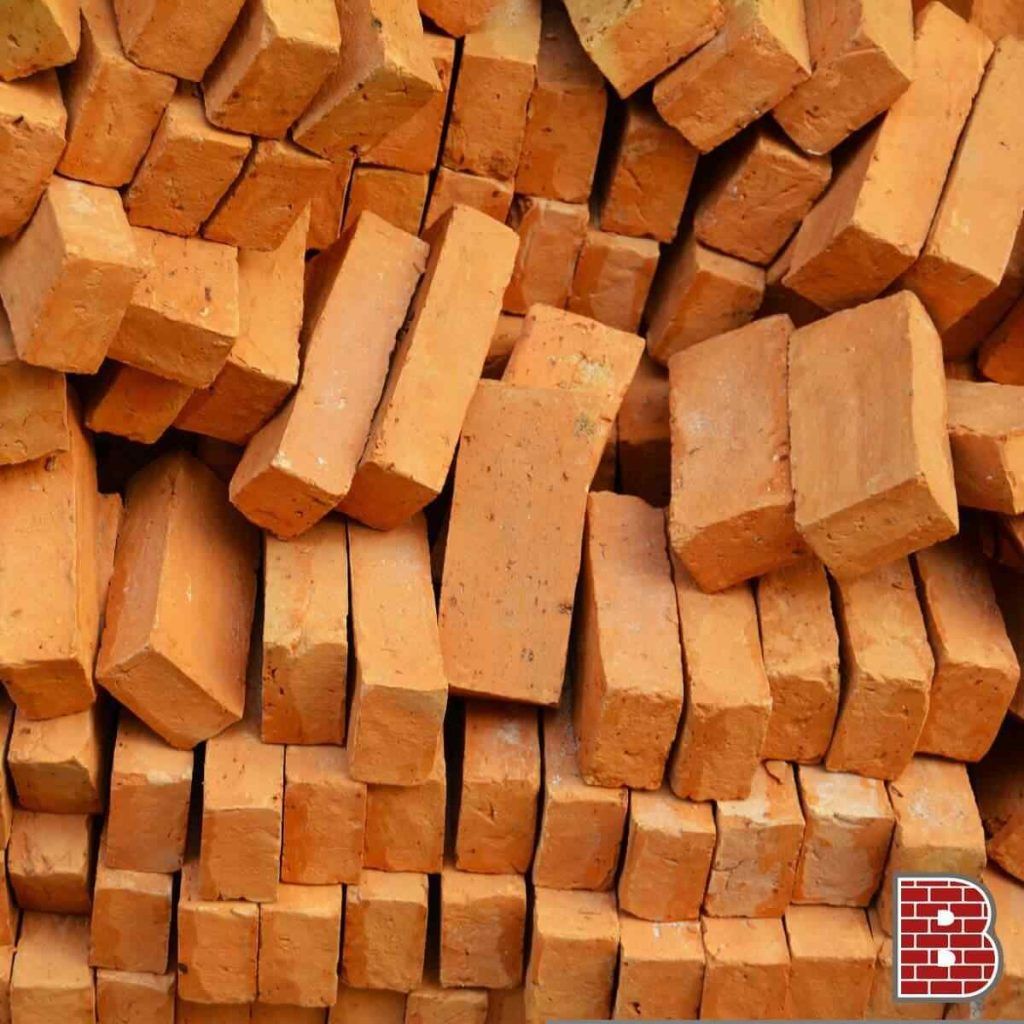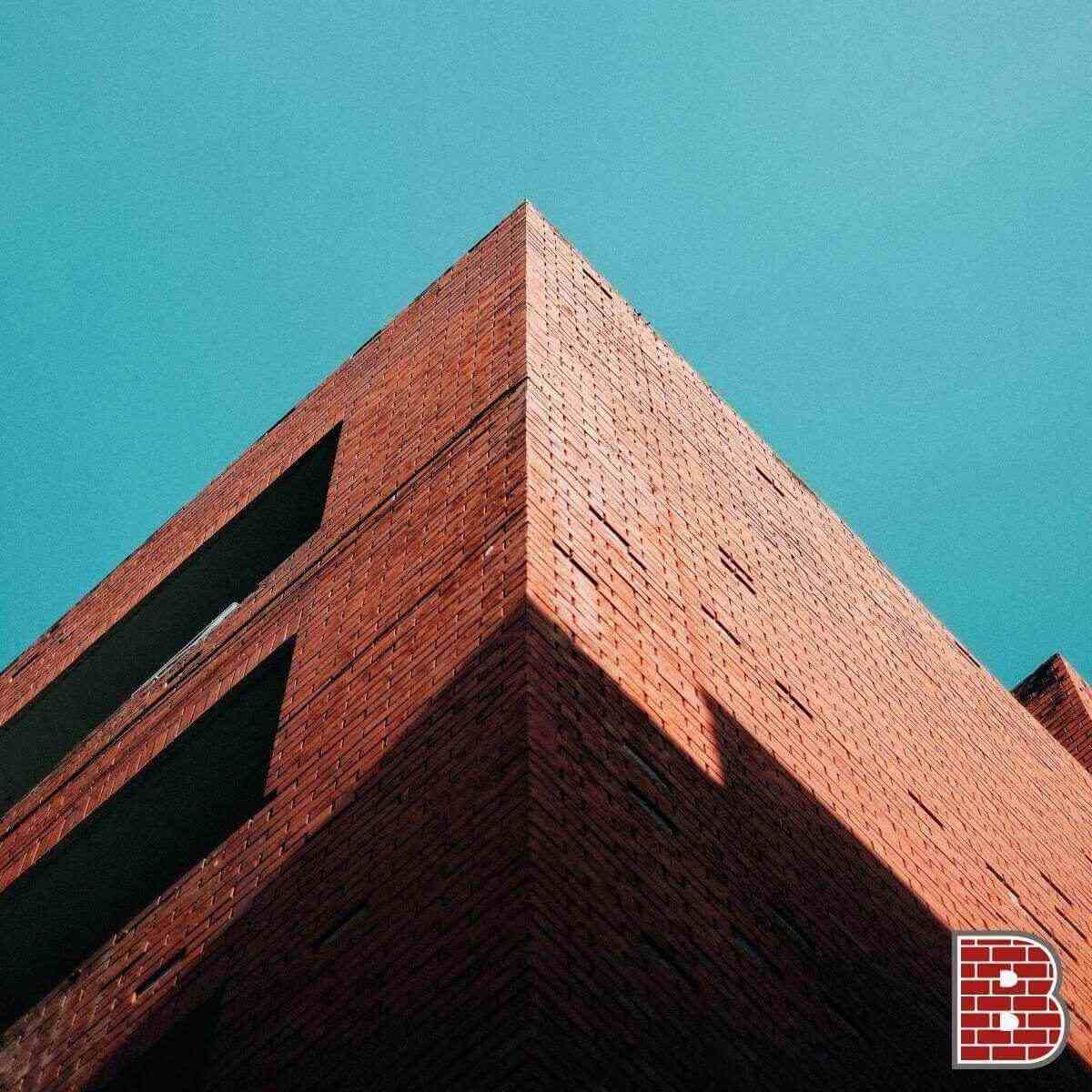Clay is a naturally occurring material that is processed into brick or block form. The bricks can then be used in construction projects, whether they will be used as internal or external walls. This article will tell you everything you need to know about clay bricks. Including what they are, how they’re made, and the benefits and disadvantages of using them when building houses. So that you can rest assured your clay bricks are of the best quality at the right price. It is also good to know that the more bricks you buy the better the price becomes. So read on to learn more about bricks. So that you can get the best bulk clay bricks price for your next development project.
What Are Clay Bricks?

Clay bricks are made from clay which has been fired in a kiln until it hardens. They can be made from natural clay found in the ground. Or from synthetic materials such as plastic foam beads or styrofoam pellets. That has been mixed with sand and fired at high temperatures. To create a strong material that is suitable for construction purposes. Clay bricks come in various shapes such as rectangular blocks with straight edges. Or curved corners; round discs; hexagonal shapes; or triangular shapes like pyramids. Irregularly shaped pieces called chipboard blocks; are hollow blocks which have empty spaces inside them. So that concrete can be poured into them before being sealed off again afterwards. And hollow blocks. Which have just one hole drilled through the middle of each side so that mortar can be poured into them.
History of Clay Bricks

Clay bricks are one of the oldest building materials to have been used by humans. They have been used as far back as 4000 BC. And have served in various capacities throughout history. From being used for clay figurines to being used for construction in the Great Pyramids of Giza. But don’t let their simplicity fool you. They’re extremely durable and easy to work with. They’re also surprisingly versatile—you can use them to build everything from simple walls to large roofs!
Clay brick is a brick made from clay. It’s one of the oldest and most versatile building materials on the planet. And it’s still being used today in homes and buildings around the world.
Clay bricks are produced by mixing clay with water and baking it in a kiln. Depending on the type of clay used, you can get different colours, textures, and densities. The process of producing clay bricks is relatively simple—it’s just like making bread!
What are they Made of?
They’re made from clay that’s been fired in a kiln at high temperatures to make them hard and strong. The bricks are then cut into standard sizes using a machine called a brick saw. Which has a rotating blade in its base that cuts through the bricks like butter.
Clay bricks are made from clay that is formed into a brick shape. And then fired in a kiln at high temperatures. The firing process makes the brick hard enough to be durable. But also soft enough that it can be easily shaped and moulded before firing. And this is all part of the clay bricks price factor.
Benefits and Disadvantages of Using Clay Bricks
Clay bricks are made of clay, which is known for their low thermal conductivity and high insulating properties. The material is easy to mould into various shapes, which makes it a good option for building houses.
Clay bricks are a durable material that can withstand strong winds and rainstorms. They don’t need much maintenance as compared to other materials such as wood or concrete. However, they are heavy in weight and difficult to transport. They also require proper setting before being used in construction projects. Let’s have a closer look at some of the advantages and disadvantages of using clay bricks.
The advantages include the following:
They are durable due to their high-insulating properties. This prevents moisture from entering the walls of the house during extreme weather conditions such as storms or heavy rains. This protects your home from damage caused by water leaks and damages caused by freezing temperatures in the winter season. This is because clay has low thermal conductivity. This means it absorbs less heat than other building materials. Such as concrete and glass block windows, thus keeping your house warmer during cold winter months.
Ease of use. They can be cut into various shapes with ease using sharp tools such as chisels or saws. Without damaging them so much that they lose their structural strength or integrity over time.
They have been used for centuries. Are one of the oldest building materials. Made from clay and mixed with other materials to make them stronger. Used for all kinds of buildings, from houses to offices and even churches.
They are porous, which means they can breathe and allow moisture to pass through them. This makes them better at regulating temperature than other types of brick. This means you could save on the price of other expenses when planning your house.
To sum up the advantages:
- Easy to use and durable – they last for centuries with proper maintenance.
- You can use them in any type of weather without worrying about them getting damaged
- Thermal mass – They absorb heat in summer and release it during winter, which helps regulate indoor temperatures.
- They are not affected by moisture or heat, which makes them perfect for outdoor constructions as well as indoor ones
- They can be used for walls, floors and roofs as well
- Clay bricks are also easy to repair if they get damaged or broken down by weather conditions
- Low maintenance which can save you in price later down the line
- Natural look – Clay bricks come in various colours and textures, so they blend well with any home style. And the clay bricks price depend on the tyle
Disadvantages
Clay bricks are a popular choice for building homes. They have many advantages. But they also have some disadvantages that you should consider before deciding whether to use clay bricks.
Clay is an organic material that changes its colour based on how long it has been exposed to the elements. Or stored inside a warehouse waiting to be used in construction projects. It can also get discoloured if it is exposed to too much sunlight and heat. Without any protection from other materials such as glass or plastic sheets covering it up during construction work. Or while transporting it from one place to another before being used in construction projects.
Bricks made from clay may be heavy. This makes them difficult to handle during construction which can raise the price and cost of your home. This means that if you want to make use of this material. Then it’s best used for internal walls rather than external ones. Clay is also more expensive than other types of brick because it requires more material and labour to produce. Depending on the brick type, it can make the price of the final product more expensive. If you want to build with clay bricks. Check with your local building inspector first to make sure your plans comply with local codes.
To sum up the disadvantages:
- It can also get discoloured if it is exposed to too much sunlight. And heat without any protection from other materials
- Bricks made from clay may be heavy, which makes them difficult to handle during construction.
- Clay is also more expensive than other types of brick because it requires more material and labour to produce
Different Kinds of Clay Bricks will have a different price
Clay bricks come in different shapes, sizes and colours and each type has its own advantages and disadvantages. The two main types of clay bricks are semi-face and face bricks. Semi-face bricks are used as an outer layer on walls and as an inner layer on floors. Face bricks are used to create the surfaces of walls and floors.
Semi-face bricks are used for the exterior of buildings because they have a rough exterior that is good for weathering. Their interior is smooth and easy to work with, so they’re also used to make interior walls. Face bricks are used on the exterior of buildings, and they are smooth on both sides. They’re also used in making floors and roofs.
How Facebricks are Used
Face bricks are used when you want to achieve a smooth surface on the outside of your home or building. They’re typically used in areas where people might walk or sit down. Because they offer a flat surface free of imperfections. Like bumps or cracks that could catch on clothing or cause discomfort while sitting down. Face bricks also allow for more complex designs. Because they can be shaped into any number of interesting patterns and textures. Such as circles or squares (which is why you see them so often when visiting historical sites such as castles)
How Semi-Face Bricks are Used
Semi-face bricks are used for the exterior of buildings because they have a rough exterior that is good for weathering. Their interior is smooth and easy to work with, so they’re also used to make interior walls. Semi-face bricks come in a variety of shapes including square rectangles hexagons octagons etc.
The Difference Between Semi-face Bricks and Face Bricks
Semi-face bricks have some texture to them but not enough to create a completely flat surface like face bricks do. They’re still smooth enough that you won’t have any issues when walking around them. But they have enough texture that they’ll look great from afar too!
Face brick and semi-face brick are two different kinds of clay bricks that you can use on your next site project
Semi-face brick is a brick with a rough, uneven surface that is only used for decorative purposes
- Semi-face bricks are typically used in combination with regular-face bricks to create interesting patterns on the outside of a building.
Face brick is a smooth-surfaced type of clay brick that looks like regular bricks but has a thicker wall than standard bricks
- This makes them more durable and weatherproof. As well as less susceptible to cracking when installed on sloped surfaces or uneven ground.
- Face bricks also have an increased resistance to moisture penetration. Because of their thicker walls, which means they’re better suited for use in areas where there’s a lot of moisture or rain.
In Conclusion:
When it comes to building a home or commercial property. You want to make sure that you are getting the best materials possible. At the best price possible. That is why a price in bulk is unbeatable! And the clay brick price depends on the quantity you order.
At Baksteen Mel this means choosing the right bricks at an unbeatable price for your project or development. That is why we have put together this post for you. And we hope you enjoyed it. If you have any questions about bricks including semi-face bricks and face bricks. Reach out to your Pal, Baksteen Mel. Or better yet fill in your details for our clay bricks price in bulk below and we will call you back with an irresistible quote! Don’t forget to add your location and quantity. And yes delivery is included in the price! Isn’t that nice?! Only the best prices at Baksteen Mel.
Alternatively, head over to our Google business profile where you can read public reviews of our bricks.
Your form entry has been saved and a unique link has been created which you can access to resume this form.
Enter your email address to receive the link via email. Alternately, you can copy and save the link below.
Please note, this link should not be shared and will expire in 30 days, afterwards your form entry will be deleted.

0 Comments